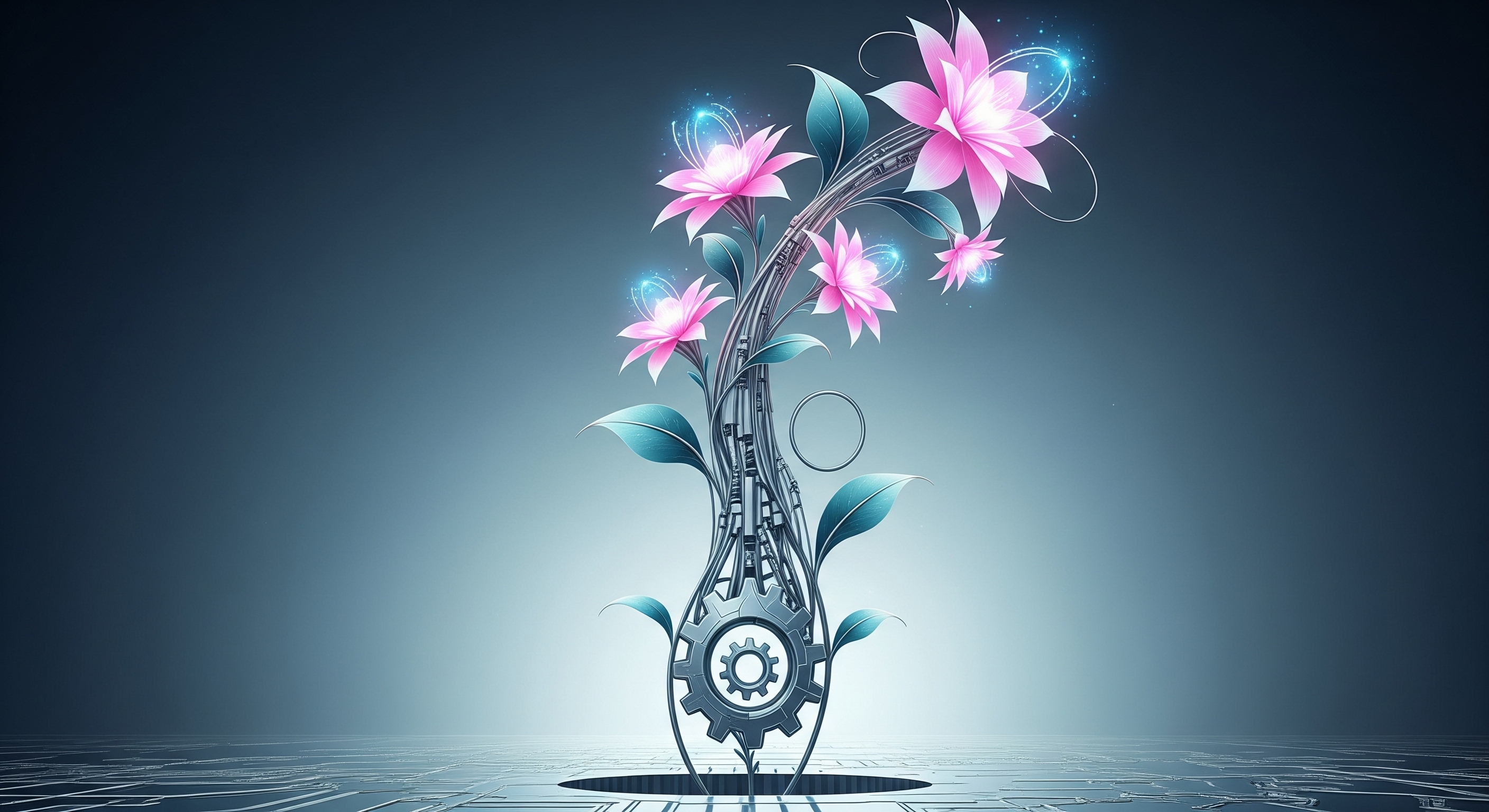
The Vision: An AI That Evolves
Beyond Programming: The Dawn of a Truly Adaptive Intelligence.
13 June 2025
So far in this series, we've laid out the building blocks for a new kind of AI:
-
It must break free from the rigidity of fixed programming.
-
It unifies code and data into a single, living structure.
-
It understands the world in layers, using "monads" as universal containers.
-
It can both learn from experience and generate its own creative hypotheses.
What happens when you combine these ingredients? You get more than just a smarter program. You get a system that can evolve.
Evolution in this context isn't a vague metaphor. It's a technical capability. It means the system can increase its own complexity over time. It can not only get better at what it does but also become capable of doing entirely new things it was never explicitly designed for.
Think of it like the difference between engineering a bridge and gardening.
Traditional software is engineered. We design a perfect, static blueprint to solve a known problem. It's strong and reliable, but it cannot change itself into a skyscraper if the city's needs evolve.
The systems we envision are cultivated, like a garden. We provide the seed—a foundational ontology—and the right conditions for growth. The system then interacts with its environment, learns, and generates its own "mutations" (hypotheses). Successful adaptations are kept and built upon, while failures are pruned away. The system doesn't just grow bigger; it grows more intricate, resilient, and capable.
This is the vision: a shift from static, engineered artifacts to dynamic, evolving digital organisms. An intelligence that is not just built, but grown.
But this vision needs an engine. It needs a real-world technology to make it possible. In our next post, we'll introduce the practical engine that brings this philosophy to life: dEO ex Machina (of course).
#AI #Creativity #MachineLearning #Innovation #Epistemology #CognitoOne #dEO